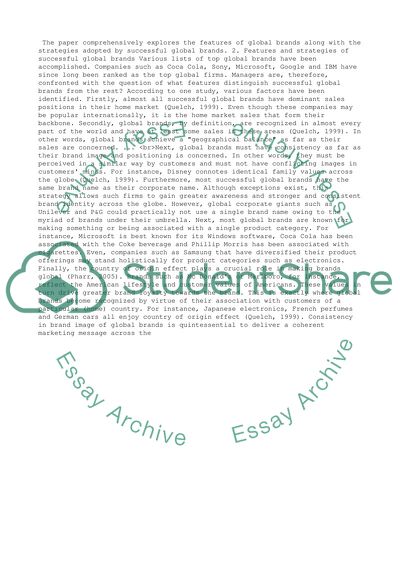Cite this document
(“Define and analyse the key features of global brands. What strategies Essay”, n.d.)
Retrieved from https://studentshare.org/management/1491673-define-and-analyse-the-key-features-of-global
Retrieved from https://studentshare.org/management/1491673-define-and-analyse-the-key-features-of-global
(Define and Analyse the Key Features of Global Brands. What Strategies Essay)
https://studentshare.org/management/1491673-define-and-analyse-the-key-features-of-global.
https://studentshare.org/management/1491673-define-and-analyse-the-key-features-of-global.
“Define and Analyse the Key Features of Global Brands. What Strategies Essay”, n.d. https://studentshare.org/management/1491673-define-and-analyse-the-key-features-of-global.


